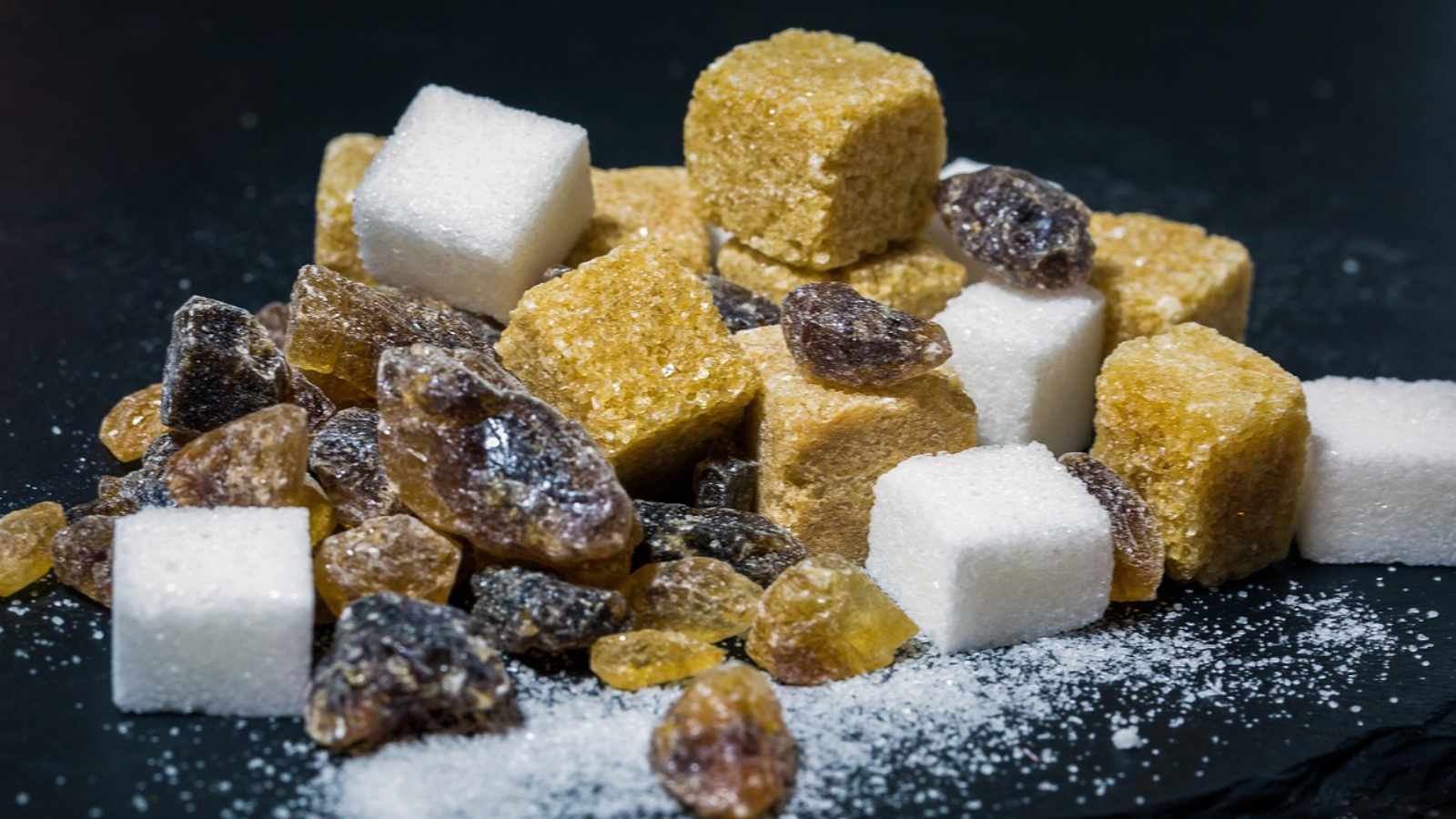US President Donald Trump has said that Coca-Cola has agreed to use real cane sugar in its drinks sold in the US and that it would be “better.” Coca-Cola currently uses high fructose corn syrup in its American products, which Trump’s Health Secretary Robert F Kennedy Jr has flagged as having health impacts. However, is cane sugar any better?
“I have been speaking to Coca-Cola about using REAL Cane Sugar in Coke in the United States, and they have agreed to do so….You’ll see. It’s just better,” Trump wrote on social media.
“Cane sugar is sucrose, what is commonly known as table sugar. It is a simple carbohydrate and is no better than high fructose corn syrup. Both break down very quickly in the body and are just as easily absorbed. Both lead to rapid blood sugar spikes and lead to insulin (sugar-regulating hormone) resistance. So no matter what the ingredient change, a can of Coke will continue to be as risky for people with prediabetes and diabetes as before,” says Dr Saptarshi Bhattacharya, endocrinologist, Indraprastha Apollo Hospitals, New Delhi.
Story continues below this ad
What is the calorie value of sucrose and high fructose corn syrup?
Sucrose contains approximately 4 calories per gram in all its forms, be it granulated, powdered and even as brown sugar. “So by this logic a teaspoon of sugar is approximately 16 calories, a tablespoon, which holds three times the volume of a teaspoon, is 48 calories. A tablespoon of high corn fructose syrup yields around 53 calories. So there is no big difference to say that one is healthier than the other,” says Dr Bhattacharya.
What is the difference between sucrose and high fructose corn syrup?
High-fructose corn syrup, which comes from corn starch, is roughly 55 per cent fructose and 40 per cent glucose, plus other minor sugars and other ingredients. Sucrose is made from sugarcane or beets and is 50 per cent glucose and 50 per cent fructose bonded together. “So as you see high-fructose corn syrup isn’t necessarily worse than table sugar. Both are empty calories. Except that high-fructose corn syrup is used more because it is cheaper,” says Dr Bhattacharya.
What are health concerns?
Excessive intake of either can lead to weight gain, push up the risks of both type 2 diabetes — or worsen it in those living with it — and heart disease. “Fructose stimulates your liver into producing more fat. When fat builds up, it can accumulate in the liver, causing non-alcoholic fatty liver disease, and lead to abdominal obesity, even trigger inflammation,” says Dr Bhattacharya.
Excessive sucrose consumption can lead to weight gain, insulin resistance (where cells become less responsive to insulin, potentially leading to type 2 diabetes), high cholesterol levels, metabolic syndrome (a cluster of conditions that increases the risk of heart disease, stroke, and type 2 diabetes), dental cavities and fatigue. “It is there in all added sugars, which we ask patients to limit,” adds Dr Bhattacharya.
Story continues below this ad
How much added sugar is safe for daily consumption?
The recommended daily intake of sugar for Indians is 20-25 grams according to the Indian Council of Medical Research (ICMR) and the National Institute of Nutrition (NIN). This is roughly equivalent to five teaspoons of sugar. “It’s also recommended to limit the consumption of high-fat, sugar and saturated fat (HFSS) products in daily diets,” adds Dr Bhattacharya.
The World Health Organization (WHO) recommends that both adults and children reduce their daily intake of free sugars to less than 10 per cent of their total energy intake. A further reduction to below five per cent (approximately six teaspoons) would provide additional health benefits, it adds.
© The Indian Express Pvt Ltd
Expand

